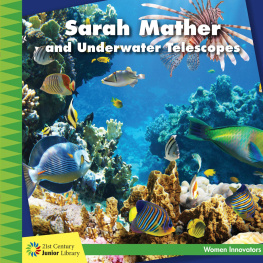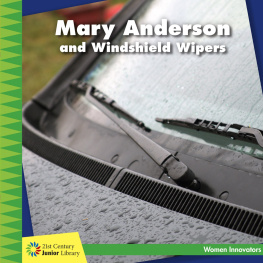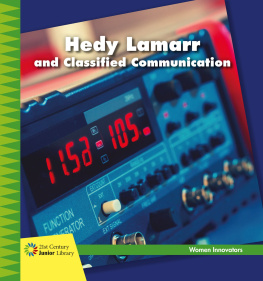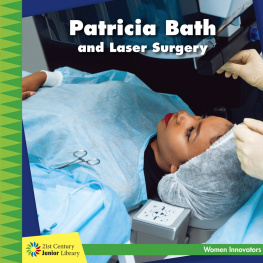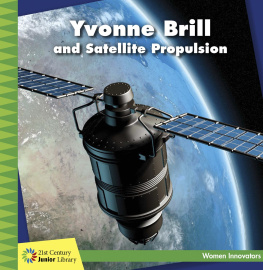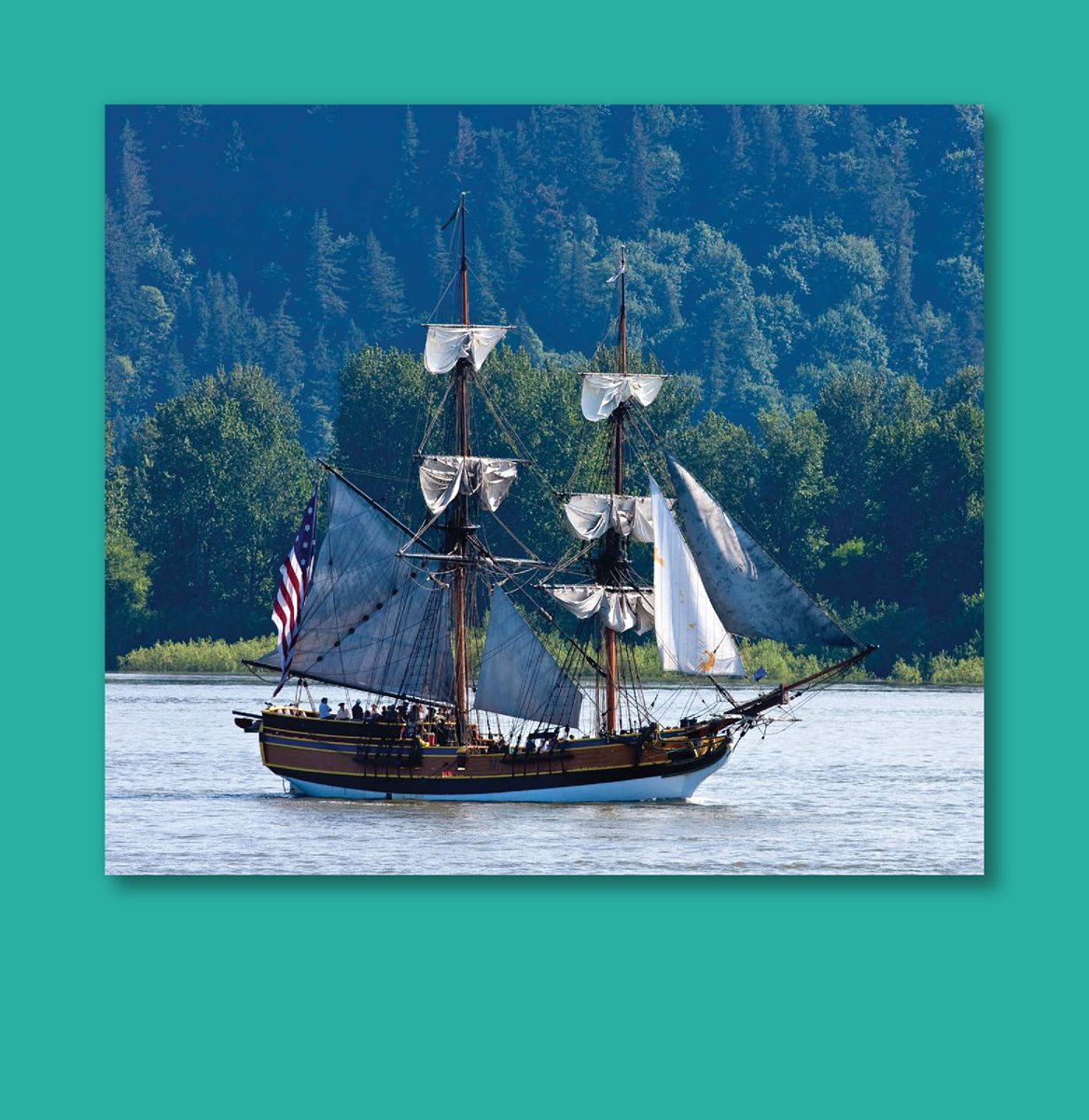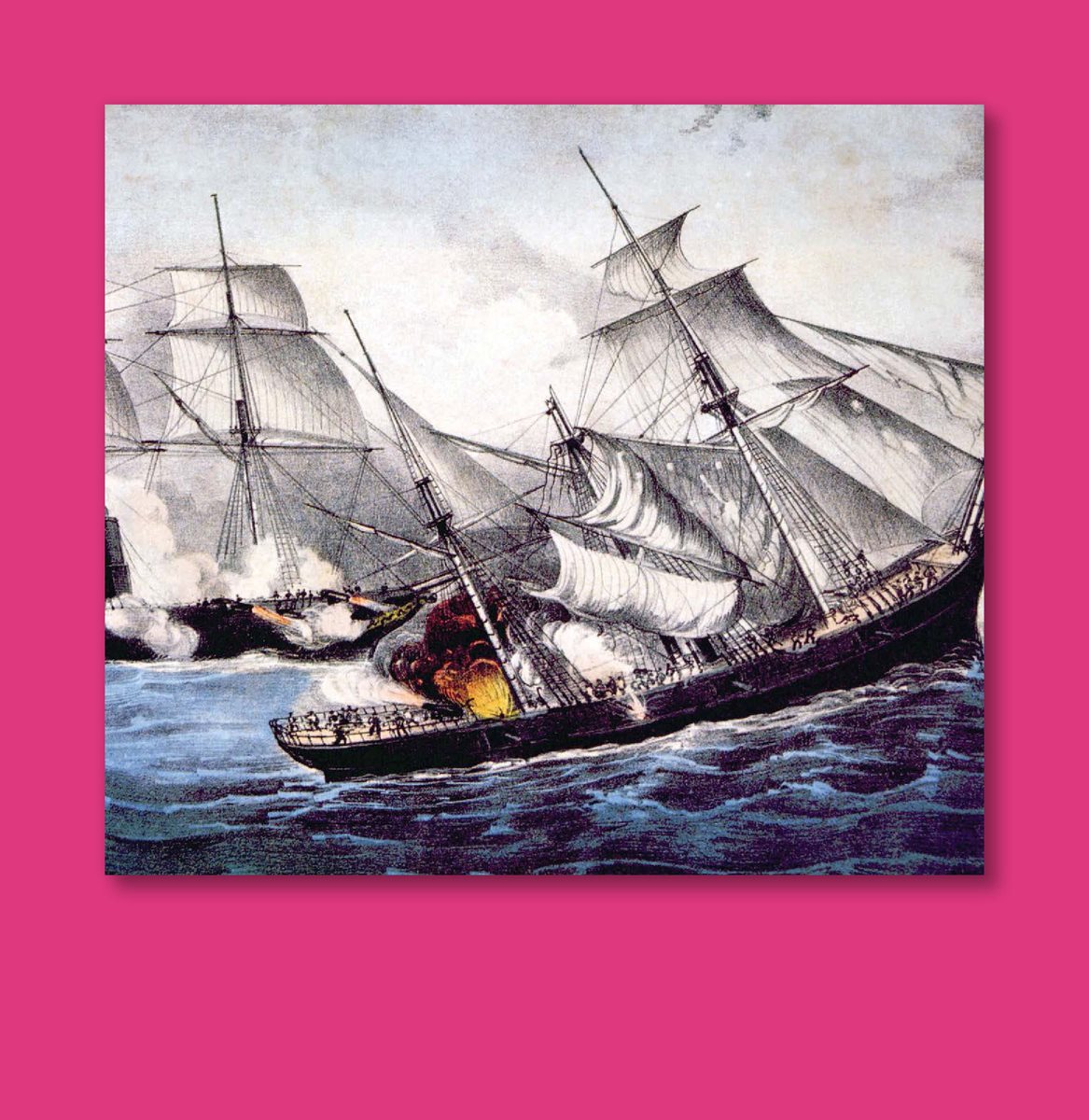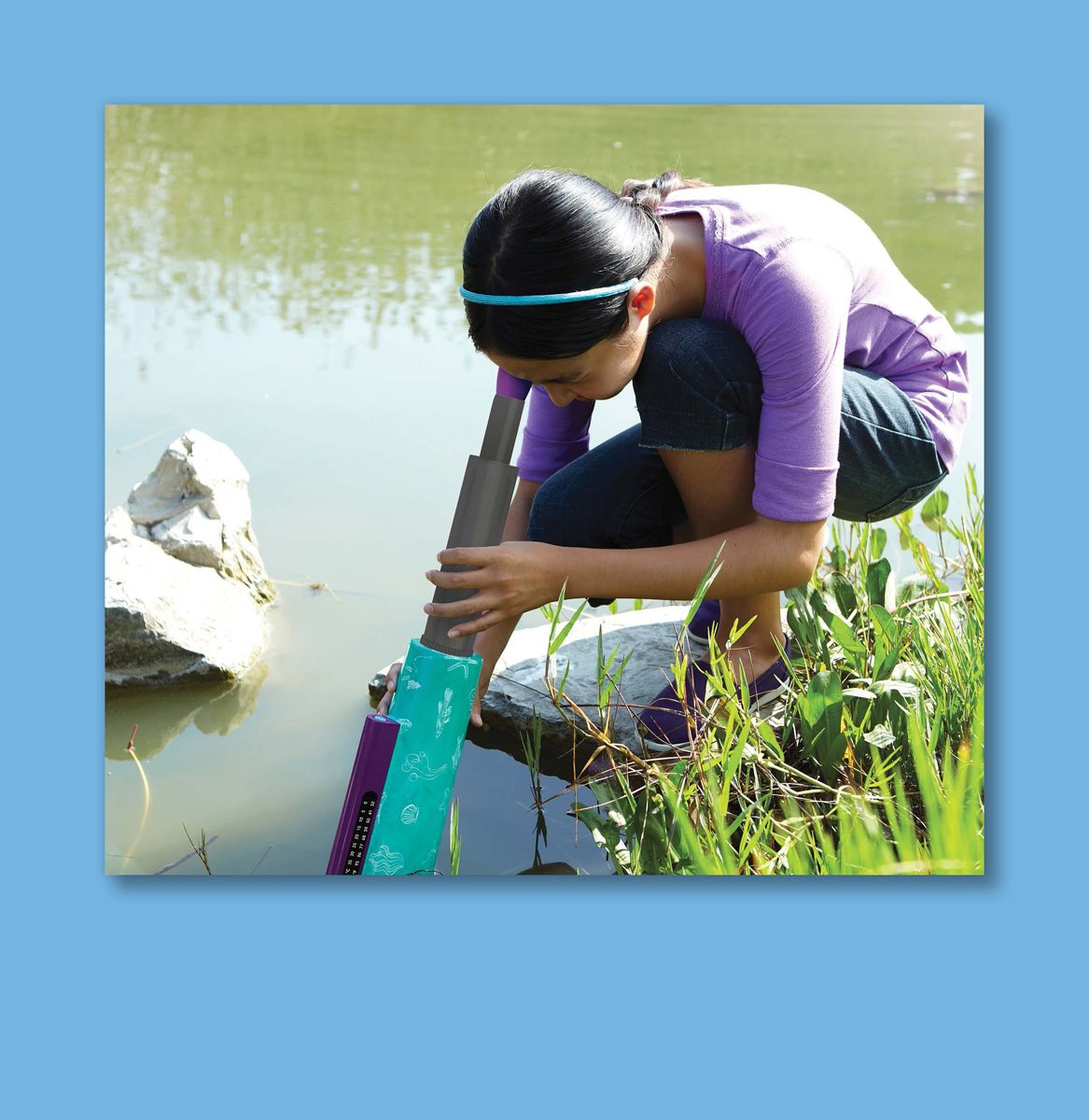Table of Contents
Guide
Published in the United States of America by
Cherry Lake Publishing
Ann Arbor, Michigan
www.cherrylakepublishing.com
Content Adviser: Amelia Wenk Gotwals, Ph.D., Associate Professor of Science Education, Michigan State University
Reading Adviser: Marla Conn MS, Ed., Literacy specialist, Read-Ability, Inc.
Photo Credits: Tischenko Irina/Shutterstock Images, cover; L.Fabre/CEA, 4; North Wind Picture Archives/Alamy Stock
Photo, 6; US National Archives Records Administration, 8; Lonnie Gorsline/Shutterstock Images, 10; Everett Historical/
Shutterstock Images, 12; Educational Insights, 14; NOAA Office of Ocean Exploration and Research, 16; sbelov/
iStock, 18; Bates Littlehales/Contributor/Getty Images, 20
Copyright 2017 by Cherry Lake Publishing
All rights reserved. No part of this book may be reproduced or utilized in any
form or by any means without written permission from the publisher.
Library of Congress Cataloging-in-Publication Data
Names: Labrecque, Ellen, author.
Title: Sarah Mather and underwater telescopes / by Ellen Labrecque.
Description: Ann Arbor, Michigan : Cherry Lake Publishing, [2017] | Series: 21st century junior library. Women innovators |
Audience: K to grade 3. | Includes bibliographical references and index.
Identifiers: LCCN 2016029710 | ISBN 9781634721813 (hardcover) | ISBN 9781634723138 (pbk.) |
ISBN 9781634722476 (pdf) | ISBN 9781634723794 (ebook)
Subjects: LCSH: Mather, SarahJuvenile literature. | Women inventorsUnited StatesBiographyJuvenile literature. |
Underwater explorationHistoryJuvenile literature.
Classification: LCC T40.M275 L33 2017 | DDC 551.46092dc23
LC record available at https://lccn.loc.gov/2016029710
ISBN-13 978-1-68444-511-0 (ebook)
Cherry Lake Publishing would like to acknowledge the work of The Partnership for 21st Century Skills.
Please visit www.p21.org for more information.
Printed in the United States of America
Corporate Graphics
Synchred Read-Along Version by:
Triangle Interactive LLC
PO Box 573
Prior Lake, MN 55372
CONTENTS
Underwater telescopes are used by scientists to study the ocean.
A Woman
Have you ever used a telescope to look at
the stars? Telescopes can help you see deep
into space. Did you also know that telescopes
can be used to look deep into the ocean?
Sarah Mather invented the worlds first
Underwater telescope. Mather lived more
than years ago. Thanks to her
invention , scientists today continue to
explore the ocean with telescopes!
We do not know very much about Sarah Mathers life,
but she did live in Brooklyn, New York.
Sarah Porter Stiman was born in
New York in 1796. Not much is known
about her parents or what her childhood
was like. But in 1819, when she was 23,
Stiman married Harlow Mather. They lived
in Brooklyn, New York.
To get a patent, Mather made detailed
drawings of her invention.
An Idea
On April 16, 1845, Mather was granted
a patent for an invention. She called it
the submarine telescope. The telescope
could examine objects under the surface
of the water. She described it as a tube
with a bright light attached.
Mathers invention was used for many different purposes.
The telescope allowed people to see
feet (76 meters) below the water and as far
as feet (152 m) in any direction.
Scientists could use Mathers telescope to
study fish. Explorers could find sunken
ships. Sailors could examine ships for
damage. People said Mathers invention
was more helpful than the telescope used
to look at stars!
Think!
Why did Mathers invention need a light attached to it?
Do oceans get darker the deeper they go? Why or why not?
Mathers invention was very important to the North during the Civil War.
Mathers telescope even helped save
lives. From 1861 to 1865, the United
States was fighting the Civil War. The
fighting was between the North and the
South. The North used Mathers telescope
to detect the Souths Underwater warships.
The South couldnt launch surprise attacks
on the North. The North was ready!
Mathers telescope was described as
having great importance to the Navy and
to navigators throughout the world.
Today, there are underwater telescopes designed for kids.
A Legacy
Mather died on June 21, 1868, at
age Her legacy was her invention.
It changed the way we see below the sea.
Today, improved telescopes and
Underwater cameras allow scientists to
continue making discoveries. With more
than percent of Earth covered in water,
there are still lots of Underwater places
left to explore.

